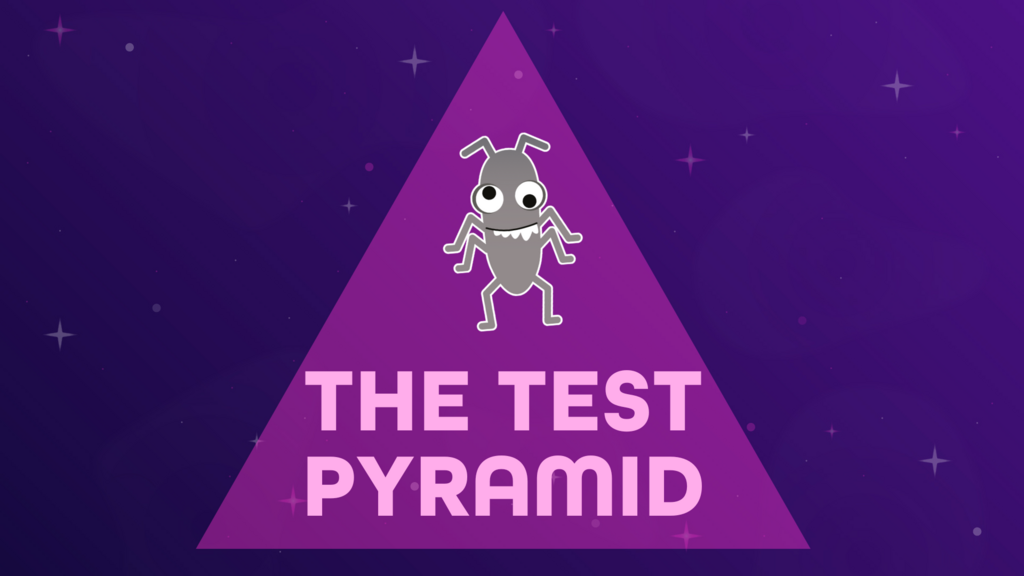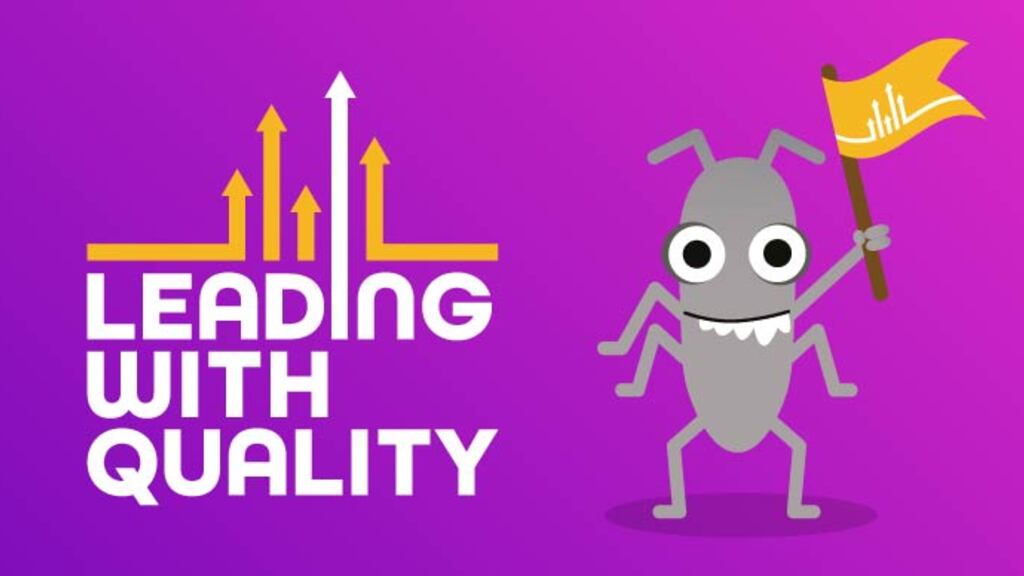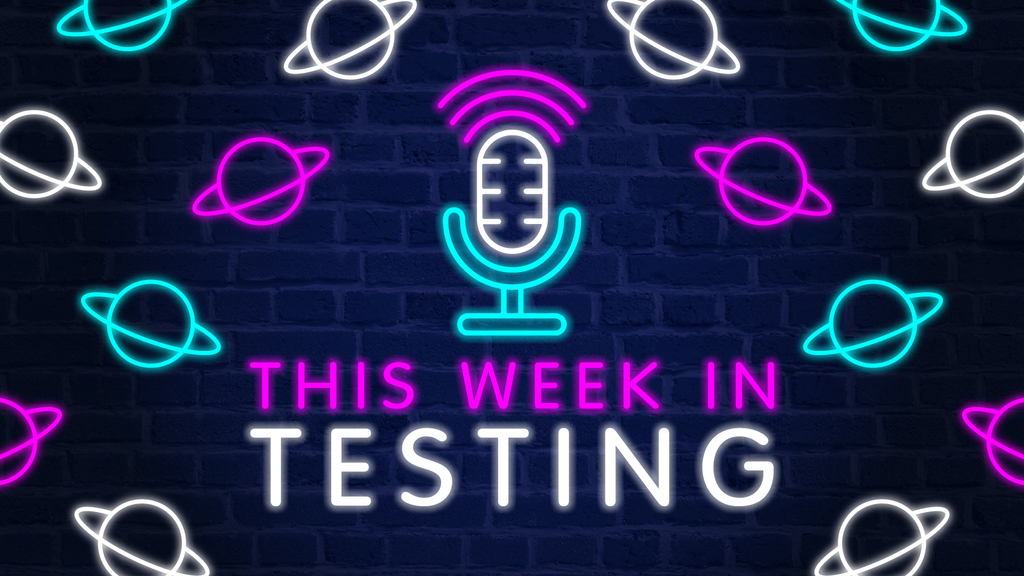The Test Pyramid

The “Test Pyramid” is a metaphor that tells us to group software tests into buckets of different granularity. It also gives an idea of how many tests we should have in each of these groups. Although the concept of the Test Pyramid has been around for a while, teams still struggle to put it into practice properly. This article revisits the original concept of the Test Pyramid and shows how you can put this into practice. It shows which kinds of tests you should be looking for in the different levels of the pyramid and gives practical examples on how these can be implemented. — Martin Fowler
The Mobile Test Pyramid
The flipped testing pyramid has no stable foundation and mobile testing requires lots of manual testing, which is why I created my own mobile test pyramid consisting of four layers including manual and automated steps. The biggest layer of the pyramid is manual testing and forms the strong foundation for every mobile app project, followed by end-to-end testing, beta testing and a top layer comprising unit testing. The grey parts of the pyramid indicate the automated steps and the white parts are the manual testing steps. The beta-testing layer is new to the pyramid but essential to every mobile app project. Keeping the high expectations of the mobile users in mind requires this layer to be part of every mobile project to get early feedback from your mobile customers. You can either use a crowd testing approach for your beta testing or you can ask your colleagues to beta test early versions of your app to provide important feedback.
The Test Pyramid is a conceptual framework for structuring automated tests efficiently across three levels: unit tests, service tests, and user interface (UI) tests.
The foundation of the pyramid consists of unit tests, which are small, fast, and provide immediate feedback to developers by pinpointing issues in the code.
The middle layer consists of service-level tests, which validate an application’s internal services and logic independently of the UI, filling the gap between unit and UI testing.
The top layer comprises UI tests, which are the most expensive and brittle, so they should be minimized.
The Test Pyramid emphasizes a greater number of low-cost, reliable tests at the base and fewer high-cost, fragile tests at the top, ensuring an efficient and maintainable test automation strategy.
The foundation of the pyramid consists of unit tests, which are small, fast, and provide immediate feedback to developers by pinpointing issues in the code.
The middle layer consists of service-level tests, which validate an application’s internal services and logic independently of the UI, filling the gap between unit and UI testing.
The top layer comprises UI tests, which are the most expensive and brittle, so they should be minimized.
The Test Pyramid emphasizes a greater number of low-cost, reliable tests at the base and fewer high-cost, fragile tests at the top, ensuring an efficient and maintainable test automation strategy.

On the 1st & 2nd of October 2025 we're back in Brighton for TestBash: the largest software testing conference in the UK
Explore MoT

Tue, 6 May
The Future of Testing in an Automated World: Embracing Continuous Learning and A

Boost your career in software testing with the MoT Software Testing Essentials Certificate. Learn essential skills, from basic testing techniques to advanced risk analysis, crafted by industry experts. Early access available now at a discounted rate!

A one-day educational experience to help business lead with expanding quality engineering and testing practices.

Debrief the week in Testing via a community radio show hosted by Simon Tomes and members of the community